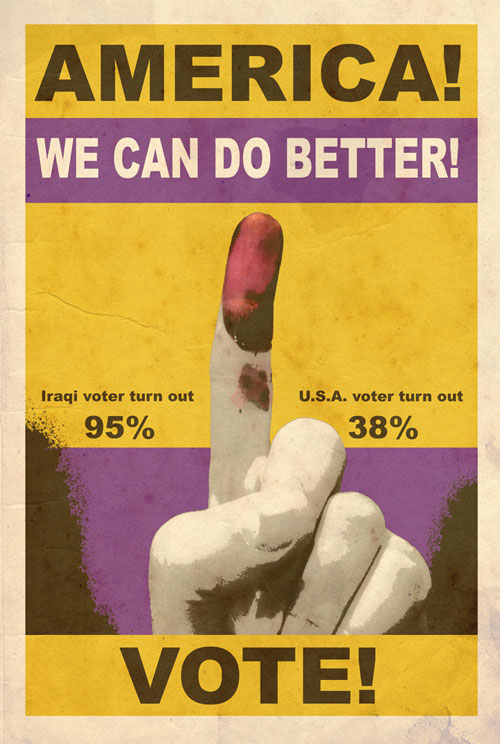If the Obama administration expected the senior creditors of Chrysler to fold their tents under political pressure, they may have gotten a rude shock today. Thomas Lauria, who accused the White House of threatening the creditors withn humiliation at the hands of the White House press corps, has filed a motion to halt the administration’s machinations on behalf of the UAW in the Chrysler bankruptcy. Lauria and his allies claim that the Obama administration has violated the Constitution in their bid to devalue the senior creditors’ holdings on behalf of junior creditors, and have some precedent to support the allegation.
The heart of the argument starts on page 8 (via HA commenter Outlander):
III. The Taking of Collateral through a Direct or Indirect Use of TARP Authority is Unconstitutional.
13. The Treasury Department relies on TARP as the purported authority to justify the disparate treatment under the 363 Sale, even though TARP was enacted after the Senior Lenders’ liens on the Debtors’ property were already in place. The Supreme Court long ago recognized, however, that a secured creditor’s interest in specific property is protected in bankruptcy under the Fifth Amendment. Louisville Joint Stock Land Bank v. Radford, 295 U.S. 555, 594 (1935). That case involved a Depression-era statute that was intended to help bankrupt farmers avoid losing their land in mortgage foreclosure. The statute in Radford provided that the bankrupt debtor could achieve a release of the security interests either (i) with the lender’s consent, purchasing the property at its then appraised value by making deferred payments for two to six years at statutorily-set interest rates; or (ii) by seeking from the bankruptcy court a stay of the proceedings for up to five years during which time the debtor could use the property by paying a rent set by the court, which payments would be for the benefit of all creditors, with a purchase option at the end of that period. Id. at 856-57.
14. Justice Brandeis noted that the “essence of a mortgage” is the right of the secured party “to insist upon full payment before giving up his security [i.e., the property pledged].” Radford, 295 U.S. at 580. In invalidating the statute, the Court stated that “[t]he bankruptcy power . . . is subject to the Fifth Amendment,” and that the pernicious aspect of this law was its “taking of substantive rights in specific property acquired by the bank prior to the act.” Id. at 589-90 (emphasis added). Thus, Congress could not pass a law that could be used to deny to secured creditors their rights to realize upon the specific property pledged to them or “the right to control meanwhile the property during the period of default.” Id. at 594. That is precisely what the Treasury Department would have Chrysler do here, with respect to the Chrysler Non-TARP Lenders’ property rights that were acquired prior to the enactment of TARP.
15. Relying on purported authority provided by TARP, the Treasury Department is demanding that Chrysler’s assets be stripped away from the coverage of the Senior Lenders’ liens – thereby impairing the rights of the Senior Lenders to realize upon those assets – so that those assets may be put in New Chrysler and used to the benefit of unsecured creditors in this proceeding, who will then be paid much more than the Senior Lenders. But, even assuming that TARP provides the Treasury Department with authority to provide funding to the Debtors and impose the transfer of collateral away from the Senior Lenders, TARP was enacted long after the Senior Lenders contracted with the Debtors and received senior liens on the Debtors’ property. Radford specifically disallowed the use of a law to retroactively alter existing liens on property.
16. Here, the proposed sale of the Debtors’ assets will leave the Senior Lenders with a diluted pool of assets and no further interests in the operating assets covered by their specific liens. The Constitution forbids this application of a law retroactively to undercut the Senior Lenders’ pre-existing property rights in favor or inferior creditors.
17. Finally, that the Treasury Department would take these unconstitutional actions to help the United States address difficult economic times is not an answer. Indeed, the same justification was expressly rejected in Radford, where Justice Brandeis noted that a statute which violated secured creditors’ rights, but which was passed for sound public purposes relating to the Great Depression, could not be saved because “the Fifth Amendment commands that, however great the nation’s need, private property shall not be thus taken even for a wholly public use without just compensation.” Id. at 602.
18. What is really striking here is that what is being proposed by the Sale Motion would strip the Collateral away and allow it to be put to use as new capital in New Chrysler for the benefit of existing and other creditors – even though the Chrysler Non-TARP Lenders have been given no opportunity to realize upon that Collateral to the point of full repayment ahead of at least $14 billion of selectively identified unsecured creditors.
One might think that a Constitutional scholar like Barack Obama would have already known that, but either this precedent escaped him or he doesn’t care about it at all. Brandeis acted to uphold contract law, especially in the face of a government interest in paying off politically-connected unsecured creditors ahead of the senior creditors. There is no other reason for Brandeis to make that decision, as only government could insert itself into the contractual relationship during a bankruptcy proceeding — just as Obama has done with Chrysler.
Lauria’s argument seems very compelling here, especially given Brandeis’ rather clear assertion that bankruptcy proceedings have to fall within the 5th Amendment — and that government can’t implement a taking to satisfy its own arbitrary aims by ignoring the relationship of the creditors to the default. We’ll see whether the court rebukes Obama.
POSTED AT 1:36 PM ON MAY 4, 2009 BY ED MORRISSEY




















No comments:
Post a Comment